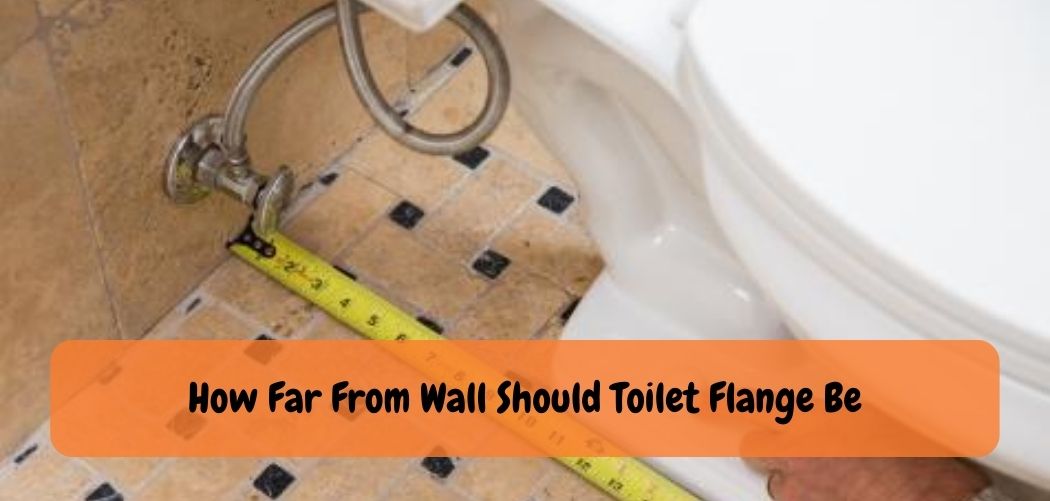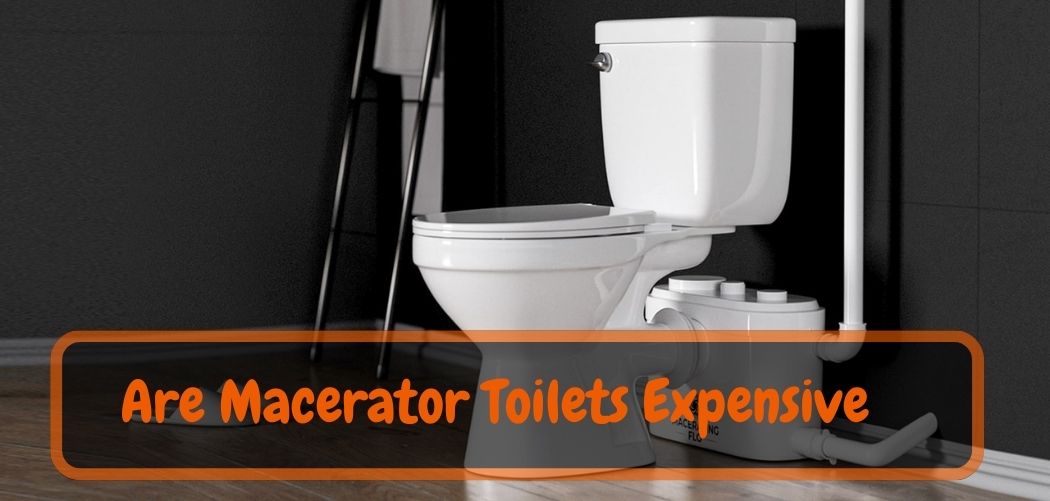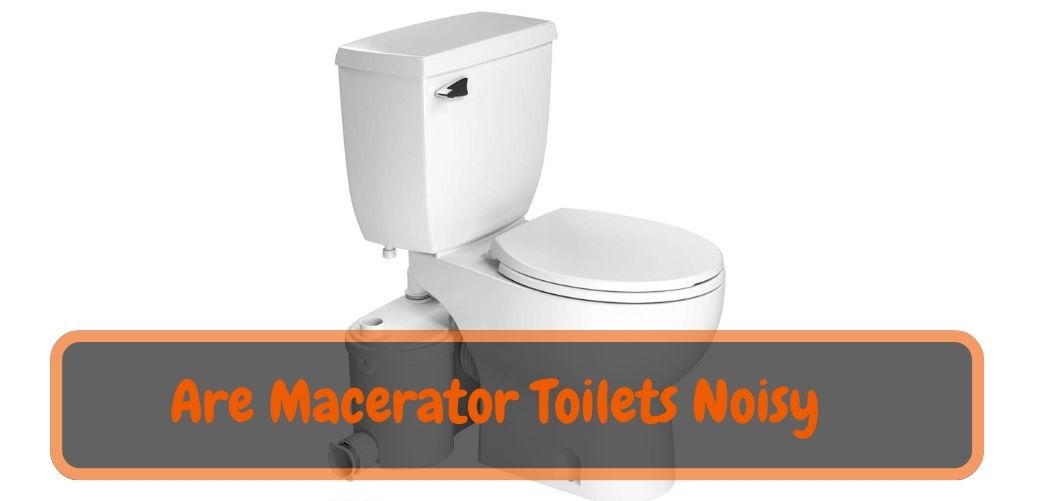The toilet flange should be 1/4 inch above the finished floor level. This ensures a proper seal and prevents leakage.
When it comes to bathroom plumbing, one often overlooked yet crucial component is the toilet flange. The toilet flange serves as a connection point between the toilet bowl and the drainpipe in the floor, ensuring a secure and leak-free installation.
While it may seem like a simple part, its proper placement is essential for the functionality and stability of the toilet. Among the various considerations for a successful toilet installation, one question frequently arises: How far from the wall should a toilet flange be position?
In this guide, we will explore the optimal positioning of a toilet flange in relation to the wall. We will delve into the reasons behind this placement, discuss potential issues that may arise from incorrect positioning, and provide practical guidelines to ensure a successful installation.
Whether you’re a homeowner embarking on a bathroom renovation project or a DIY enthusiast eager to learn the intricacies of toilet installation, understanding the ideal distance between the toilet flange and the wall is crucial for a smooth and functional bathroom fixture.
Understanding Toilet Flange And Its Importance
Toilet flange is an essential component in every bathroom. It connects the toilet to the drainpipe and prevents leaks and odors.
A flange should be install properly, keeping in mind the distance from the wall. The standard distance from the finished wall to the center of the flange is 12 inches.
However, if you are renovating, make sure to measure the distance before installing the flange. A wrong distance can cause alignment issues with the toilet and affect its functionality.
The flange should be sturdy, made of durable materials, and securely attached to the floor to ensure the toilet stays in place. Install your toilet flange correctly to ensure a properly functioning bathroom.
The Easy Guide: From Wall Should Toilet Flange
When it comes to installing a toilet, proper placement of the toilet flange is crucial. The toilet flange serves as a connector between the toilet bowl and the drainpipe in the floor, ensuring a secure and leak-free connection.
Determining the ideal distance between the toilet flange and the wall is important for both functionality and aesthetics. In this informative guide, we will delve into the factors that influence the positioning of a toilet flange and provide practical guidelines for achieving the optimal distance from the wall.
1. Understanding Clearance Requirements:
Building Codes: Building codes may dictate specific clearance requirements for toilet installations. These codes aim to ensure accessibility, comfort, and safety. Check with your local building authority to familiarize yourself with any specific regulations in your area.
Comfort and Accessibility: It is important to provide sufficient clearance between the toilet flange and the wall to allow for comfortable use. Aim for at least 15 inches (38 cm) of clearance from the center of the toilet flange to the nearest obstruction, such as a wall or cabinet. This will allow users to sit comfortably and access the toilet without any hindrance.
2. Considering Wall Thickness:
Standard Wall Construction: If you have standard wall construction, which typically consists of 2×4 or 2×6 studs, you will need to account for the wall thickness when determining the placement of the toilet flange.
Measuring Wall Thickness: Measure the distance from the finished wall surface to the face of the stud behind it. This measurement will help you determine how far the flange should extend from the finished wall surface.
3. Accounting for Flooring Materials:
Tile, Stone, or Other Thick Flooring: If you are installing a toilet on tile, stone, or any other thick flooring material, it is essential to consider the additional thickness when determining the flange position. The toilet flange should raise to the appropriate level to accommodate the thickness of the flooring.
Flange Extension Kits: Flange extension kits are available in the market and used to raise the flange to the desired height. These kits typically consist of plastic or metal rings that fit onto the existing flange, allowing for the necessary extension.
4. Seeking Professional Advice:
Complex Installations: In some cases, such as when dealing with unique plumbing configurations or structural constraints, it is advisable to consult a professional plumber. They have the expertise to analyze your specific situation and provide the most appropriate solution.
Local Regulations: Building codes and regulations can vary between regions. If you are uncertain about the specific requirements in your area or have any concerns, contacting a local plumber or building authority will ensure compliance and peace of mind.
Also Raed: Should I Use Water Instead of Toilet Paper?
Distance Of Toilet Flange From The Wall
The distance between the toilet flange and the wall is crucial in a bathroom renovation or new installation. The ideal distance for the flange from the wall is 12 inches. The best way to measure the distance from the flange to the wall is to use a measuring tape.
Common mistakes include measuring from the base of the toilet, assuming all toilets have the same distance, or assuming the wall is straight. Always double-check to ensure the correct flange position for a successful installation.
Frequently Asked Questions On How Far From Wall Should Toilet Flange Be?
How Far Should A Toilet Flange Be From The Wall?
The standard distance for toilet flange from the wall is 12 inches. However, it may vary depending on the size of the toilet or the type of flange. It is important to have the correct distance to ensure proper installation and adequate clearance.
Can The Toilet Flange Be Closer Than 12 Inches?
The toilet flange should not be closer than 12 inches from the wall. If the flange is too close, the toilet seat may hit the wall when lifted, causing damage to the fixture and the wall. Moreover, it may result in an unsanitary bathroom experience.
Can The Toilet Flange Be Farther Than 12 Inches?
Yes, the toilet flange can be farther than 12 inches. Depending on the type of toilet and bathroom layout, the flange may need to set farther from the wall. However, it is essential to ensure that the distance is within the recommended range to avoid installation issues.
How Do I Measure The Distance Of My Toilet Flange?
To measure the distance of your toilet flange, measure from the center of the flange to the wall behind it. If dealing with a toilet flange on the floor, measure the distance from the center of the flange to the center of one of the floor bolts.
What Happens If The Toilet Flange Is Installed Incorrectly?
If the toilet flange is install incorrectly, it can lead to various issues such as leaking, rocking or instability, and costly damage to your bathroom floor and fixtures. Additionally, improper installation may result in poor flushing performance, which could impact both your bathroom’s comfort and sanitation levels.
Conclusion
It’s important to ensure that the toilet flange is install correctly, as it plays a vital role in the proper functioning of your toilet. The distance between the toilet flange and the wall is a crucial factor that needs to be carefully consider during the installati process.
The Is In order to determine the exact distance, you’ll need to take into account several factors such as the type of flooring, the location of the waste pipe, and the size of the toilet. By following the steps outlined in this article, you can ensure that your toilet flange is install at the correct distance from the wall, to maximize the efficiency and longevity of your toilet.
Remember, getting it right the first time can save you a lot of time, money, and hassle down the road. With a little bit of planning and careful measurement, you can ensure that your toilet is install correctly, and functioning properly for years to come.









